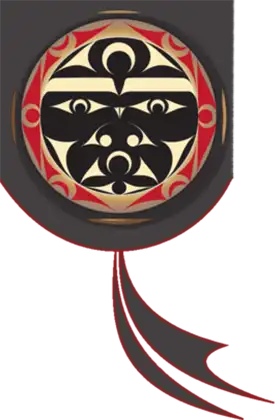Marysville-Pilchuck
Lushootseed is taught at Marysville Pilchuck High School during the school year. It qualifies as a foreign language in college applications and high school requirements. This is the first year Lushootseed has been taught at MP in over 18 years and has two full classes. The students in the class are focusing on conversational language skills as well as storytelling.
Lesson-4: sx̌əčtəd (Numbers)
Lesson 4: sx̌əčtəd (Numbers)
Sentences:
Lesson-3: Action Verbs
Lesson 3: Action Verbs
Question Words:
Sentences:
You may have noticed that there are prefixes added when constructing a sentence. The ʔu- in the front adds –ing to the verb. The ʔəs- prefix is known as a state of being, which also adds an –ing to the verb.
Lesson-2: Nouns and Articles
Lesson-2: Nouns and Articles
Questions:
Replies:
Cultural component: ʔi – hello (as in many Native American languages, can also mean “yes”)
Lesson-1: ʔi čəxʷ / Hello
Lesson-1: ʔi čəxʷ / Hello
Questions:
Replies:
Cultural component: ʔi – hello (as in many Native American languages, can also mean “yes”)
